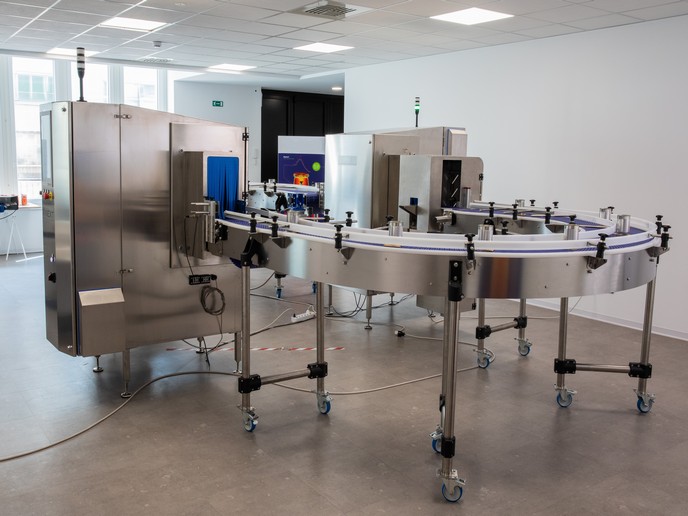New generation X-ray inspection system helping to keep our food safe
Protecting human health in the food industry is paramount. However, while there have been advancements in food processing technology and the enforcement of high safety standards in the industry, conventional inspection technologies do not always detect contamination on time. As a result, it is not uncommon to find foreign bodies such as plastics or insects in our food. Addressing this, the EU-funded XSpectra project offers a game-changing solution: an X-ray detector called XSpectra®, named for the project, that can analyse the composition of a product directly on the production line. “To facilitate and speed up the commercialisation of the product into the marketplace, the technology was tested at a production line in the project,” notes Bruno Garavelli, project coordinator, CEO and co-founder of Xnext food safety company.
Overcoming current limitations
“Able to overcome all the limitations of traditional inspection systems with a new concept of technology, XSpectra® is a disruptive technology,” highlights Garavelli. Metal detectors can detect some types of metal contaminants, and conventional X-rays are able to detect only a few kinds of contamination: metals, rocks, glasses. XSpectra®, in addition to being able to see these contaminants better, can detect other contaminants such as plastics, kernels, seeds, insects, pieces of wood and non-calcified bones. This is possible thanks to the combination of innovative technologies: photonics, nuclear electronics, AI and machine learning. XSpectra® performs real-time multi-energy spectroscopic analysis up to 1 024 energy levels, whereas conventional inspection solutions stop at 2. “In a few milliseconds, our detector can scan a product and execute a chemical and physical analysis to determine compliance with quality and safety requirements,” confirms Garavelli.
Heading to market
The project has given the start-up, Xnext, the opportunity to go to market and gain the credibility required to prove XSpectra® is not just a promising technology. “It is, in fact, a reliable and good-looking industrial product that we have given a sense of aesthetics to. The project was fundamental in achieving this,” outlines Garavelli. It was able to affirm how indispensable the XSpectra® solution is for all players in the food sector who want to achieve the highest standards in terms of food safety and quality. “We have realised a fully operating machine, launching it in the market – overcoming the prototype phase. Now we are operating in four different food sectors with great results: processed meat, cheese, biscuits and filled pasta,” adds Garavelli. Their machines can inspect up to 36 million mini cheese packages, or 6 million packages of biscuits, or 2 million ravioli every month. Making a name for itself in Italy and France, where 11 machines have been installed, the project has received requests for XSpectra® from Asia, Canada and the United States. Discussing the future, Garavelli confirms: “We will continue to work to maintain our competitive advantage, by improving both the hardware and software of XSpectra® with research and development activities.” A detector with double spatial resolution is currently being worked on. Through XSpectra®, food producers have a technology that can identify many foreign bodies and improve the efficiency of the line by reducing false alarms and providing IoT real-time feedback. “Consumers can eat safe foods, and the environment will also benefit from less wasted food and resources,” concludes Garavelli.
Keywords
XSpectra, XSpectra®, contaminants, food safety, X-ray detector, food quality



